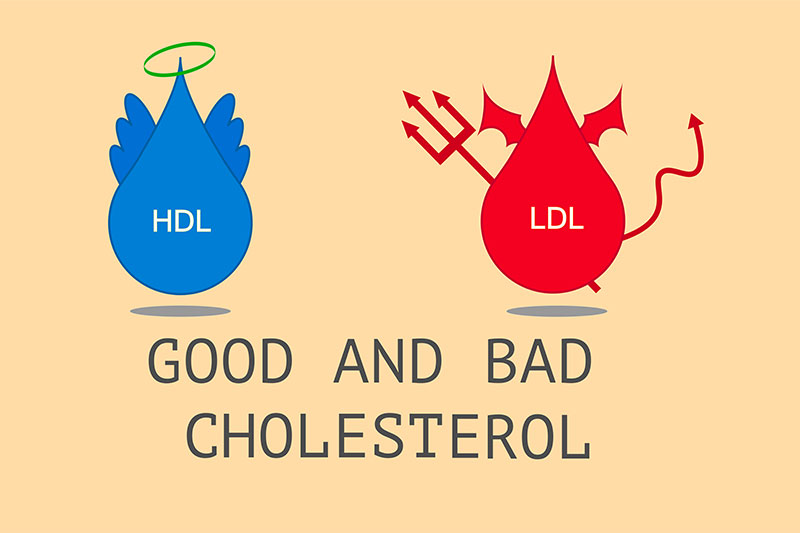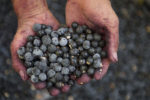Not all cholesterol is bad. In fact, your body requires both types of cholesterol: low-density lipoproteins (LDL), known as “bad” cholesterol, and high-density lipoproteins (HDL), known as “good” cholesterol. The risk for heart disease rises when LDL levels get too high or when HDL levels get too low.
What is HDL?
HDL cholesterol, or “good” cholesterol, appears to scour the walls of blood vessels, cleaning out excess cholesterol. It then carries that excess cholesterol – which otherwise might have been used to make the “plaques” that cause coronary artery disease – back to the liver for processing. So when a person’s HDL cholesterol level is measured, it is indicating how vigorously his or her blood vessels are being “scrubbed” free of cholesterol. HDL levels below 40 mg/dL result in an increased risk of coronary artery disease, even in people whose total cholesterol and LDL cholesterol levels are normal. HDL levels between 40 and 60 mg/dL are considered “normal.” However, HDL levels greater than 60 mg/dL may protect people from heart disease. Every 1% increase in HDL-Cholesterol decreases the risk of heart disease by 2% in men and 3% in women.
How to Boost your HDL Cholesterol?
Just as there are some lifestyle changes you can make to help lower your LDL cholesterol level, there are also changes you can make to help boost your HDL cholesterol level. Listed below are a few positive lifestyle changes that have been shown to have a positive impact on HDL cholesterol levels:
Eat the right kind of fat
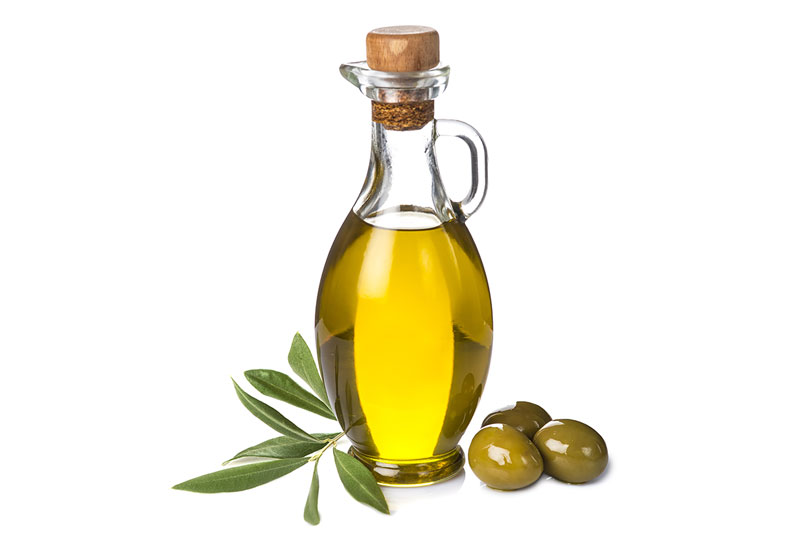
Consuming too much-saturated fat (found in fatty cuts of meat, whole-fat dairy foods, butter, and eggs) can have a very negative impact on your heart health because it can increase your LDL cholesterol. Interestingly, saturated fat can also increase HDL cholesterol, but not enough to counterbalance the effect of LDL cholesterol. Trans fatty acids (found in many prepared foods – in which the nutrition label reads “partially hydrogenated vegetable oils”) not only reduce HDL cholesterol, but they also increase LDL cholesterol. Choose foods with most of the fat as monounsaturated and polyunsaturated fats because they tend to help increase HDL and lower LDL. Of course, the total amount of fat in your diet is important as well and should be kept below 35% of your total calories. Foods that are good sources of monounsaturated and polyunsaturated fats include fish, nuts, and certain vegetable oils (olive, peanut and canola).
Become more physically active

Exercising regularly can help you lose weight, improve your cardiovascular health, and strengthen your muscles and bones. Regular aerobic exercise (any exercise, such as walking, jogging or cycling) that raises your heart rate for at least 20 to 30 minutes may be the most effective way to increase HDL levels. Recent studies suggest that the duration of exercise, rather than the intensity, is the more important factor in raising HDL cholesterol.
Achieve and maintain a healthy weight
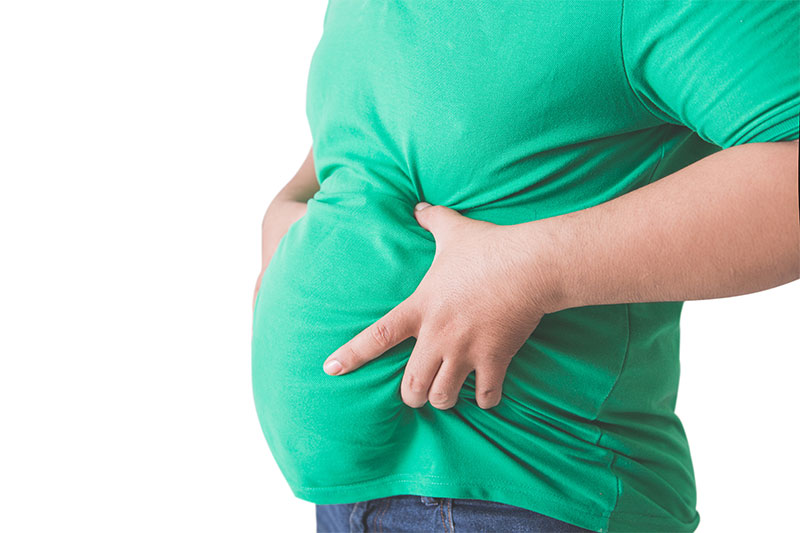
Being overweight can negatively impact your HDL cholesterol levels. By losing even a few pounds, you can help increase your HDL level. This is especially important if your excess weight is stored in your abdominal area.
Omega 3’s
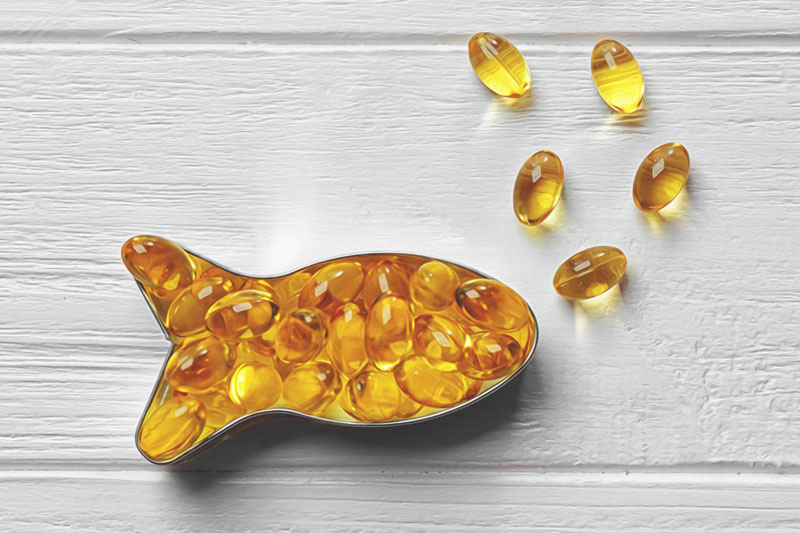
Selecting healthy fats, such as omega 3’s, will raise HDL while lowering LDL. Incorporating healthy omega 3 fatty acids (found in fish and flaxseed) will also improve your total cholesterol to HDL ratio.
Skip foods that spike blood sugar
British researchers note that people who are on a low glycemic index diet have higher HDL. This means consuming more vegetables, legumes, yogurt and vinegar, and less sugar, white bread, white potatoes and sugary soft drinks.
Increase your soluble fiber intake

Increasing soluble fiber – found in oats, vegetables, fruits and legumes – in your diet results in both a reduction in LDL cholesterol and an increase HDL cholesterol. Aim for at least two servings per day.
Quit smoking

Smoking lowers your HDL cholesterol level and increases your blood’s chances of forming clots. There are medications, therapies, and support groups that can all help you quit smoking.
Limit alcohol consumption

If you drink, limit your alcohol to no more than two drinks a day for men and one drink a day for women. This moderate alcohol intake may increase HDL from 5 percent to 15 percent. If you don’t drink, though, health experts do not recommend starting. Too much alcohol can have negative effects on your heart as well as other aspects of your health.
Take Magnesium supplements
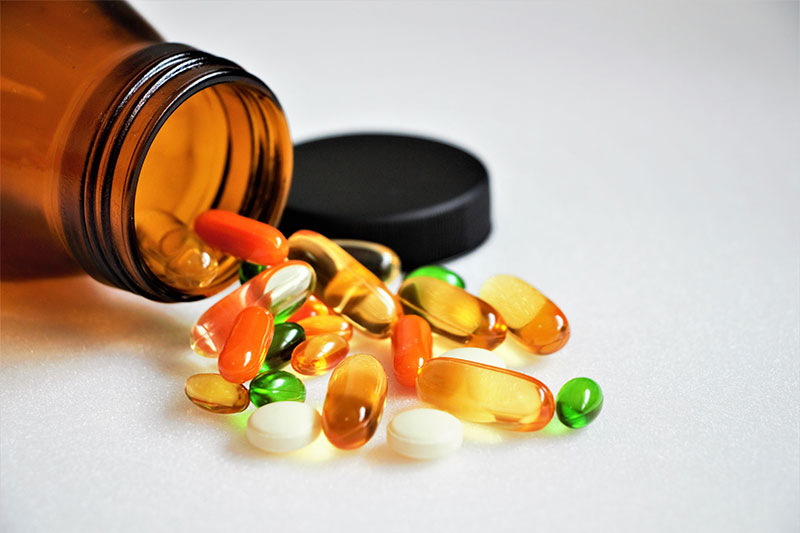
Magnesium raises HDL cholesterol, prevents heart muscle spasm, keeps blood flowing smoothly, maintains normal blood pressure and keeps the heartbeat regular. Take 400 – 800mg of magnesium daily. In postmenopausal women (but not in men or pre-menopausal women) calcium supplementation can increase HDL levels.
These healthy lifestyle changes will have positive effects on other aspects of your health too. This includes cutting your risk of diabetes, lung cancer and metabolic syndrome.

